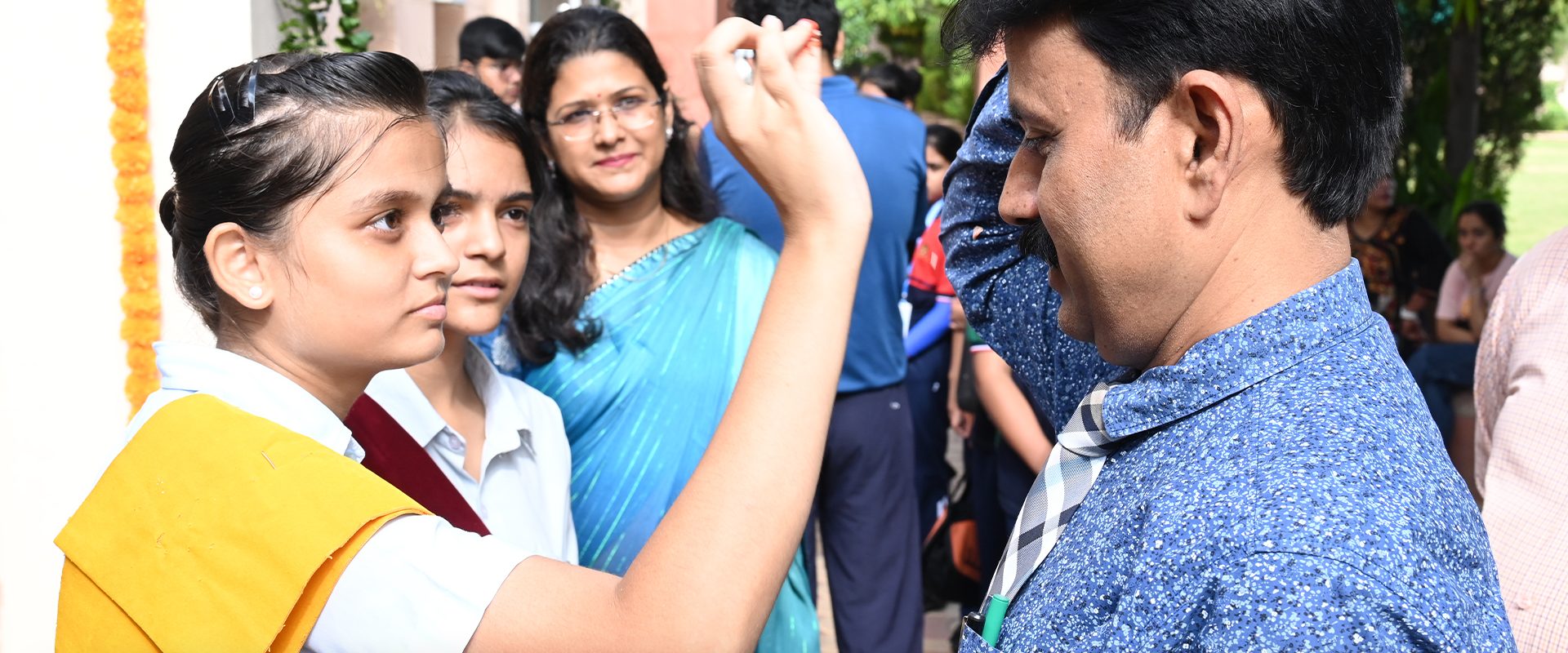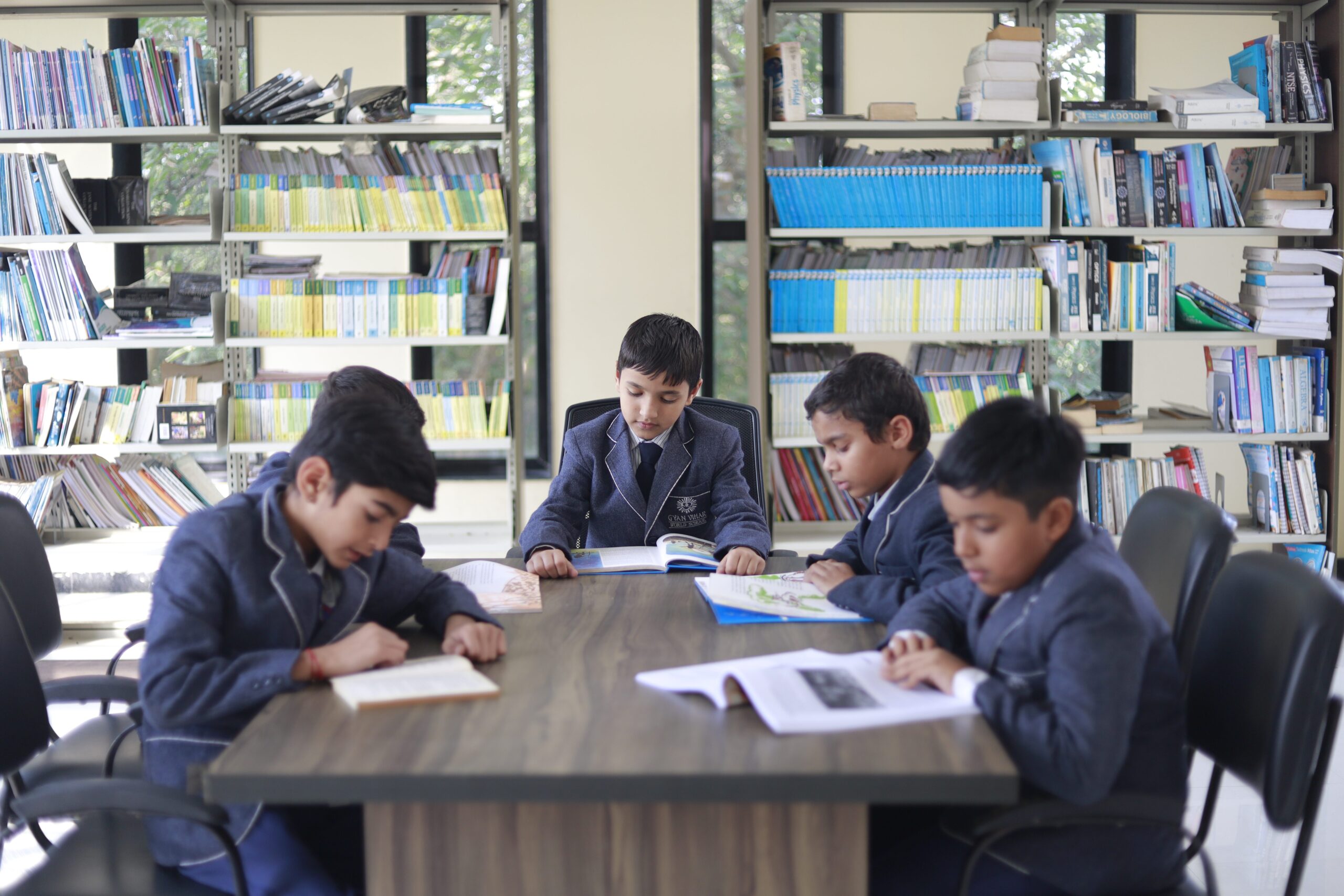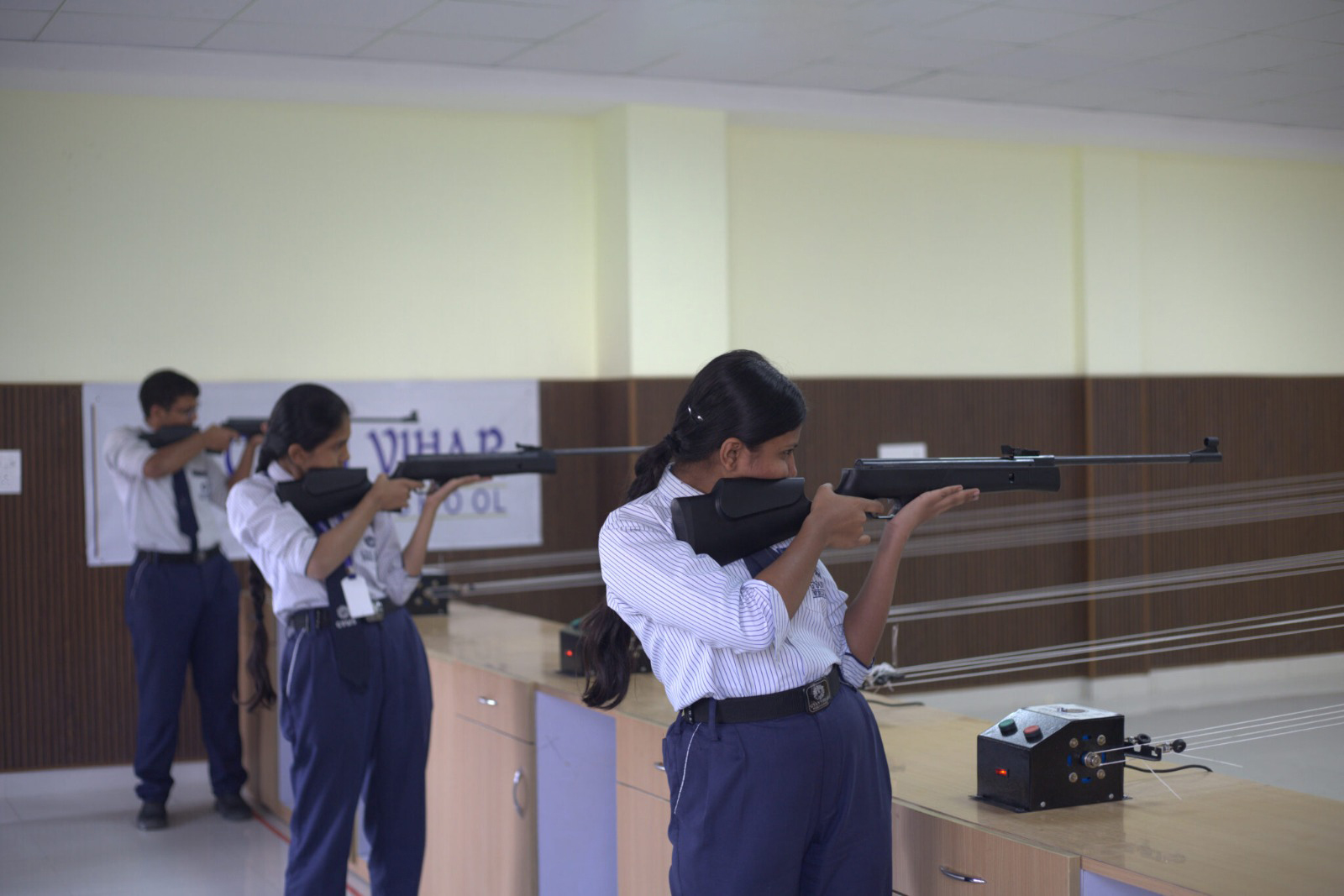Navratri, the nine-night festival celebrating the triumph of good over evil, is one of the most vibrant and diverse festivals in India. Each state in the country infuses its unique flavors, customs, and traditions into Navratri celebrations, making it a fascinating tapestry of cultural richness. At Gyan Vihar World School, a prominent CBSE school in Jaipur, we believe in nurturing not only academic excellence but also an understanding of our diverse cultural heritage. In this blog post, we explore some captivating Navratri traditions from different states of India. Let’s embark on a journey through the colors, rhythms, and rituals that make Navratri a celebration like no other.
Gujarat: Garba and Dandiya Raas
Navratri in Gujarat is synonymous with Garba and Dandiya Raas. People dressed in vibrant, mirror-studded attire gather in open grounds or community halls to dance to the rhythmic beats of Garba. The circular dance represents the cyclical nature of life and the devotion to Goddess Durga. In Dandiya Raas, dancers use sticks to create intricate patterns, adding an element of playfulness to the celebration.
West Bengal: Durga Puja
In West Bengal, Navratri culminates in Durga Puja, a grand festival honoring Goddess Durga’s victory over the demon Mahishasura. Elaborate pandals (temporary temples) are erected, showcasing artistic depictions of the goddess. It’s a time of cultural performances, processions, and feasting, where the city of Kolkata comes alive with enthusiasm.
Tamil Nadu: Golu Doll Displays
In Tamil Nadu, Navratri is celebrated as Golu. Homes are adorned with intricate displays of dolls, often arranged on steps. These displays narrate mythological stories and depict scenes from everyday life. Families visit each other’s homes to view these displays, and young girls are invited to receive gifts and blessings.
Kashmir: Sharika Devi Temple –
In Kashmir, the festival of Navratri holds a special place with the worship of Sharika Devi, believed to be a form of Goddess Durga. The shrine atop Hari Parbat hill in Srinagar attracts pilgrims from all over the region. The festival here includes cultural performances and the distribution of holy prasad.
Karnataka: Ayudha Puja
In Karnataka, Navratri includes the Ayudha Puja, a day when people worship their tools, instruments, and vehicles. This tradition honors the tools that sustain their livelihoods and is a display of gratitude for the resources that help them earn a living. It’s a unique blend of spirituality and practicality.
Bihar: Kanya Bhoj
In Bihar, the last day of Navratri is dedicated to Kanya Bhoj, a ritual where young girls are invited to homes and served a sumptuous meal. It’s a way of honoring the divine feminine energy and seeking blessings for the household. The girls are often gifted new clothes and toys.
Punjab: Navratri Fasting and Dances
In Punjab, Navratri is marked by rigorous fasting during the day and vibrant celebrations at night. People gather for energetic dances like Gidda and Bhangra. The highlight is the colorful attire and the lively spirit that engulfs the state.
Navratri is a testament to the unity in diversity that defines India. Each state adds its own unique flavor to the celebration while staying true to the essence of the festival – the triumph of good over evil and the worship of the divine feminine. At Gyan Vihar World School, we celebrate India’s rich cultural heritage, helping students understand the beauty of our traditions while pursuing academic excellence.
As a prominent CBSE school in Jaipur, we believe that education encompasses not only textbooks and classrooms but also an appreciation of our diverse culture and traditions. Navratri serves as a beautiful reminder of the tapestry of traditions that make India truly incredible.







